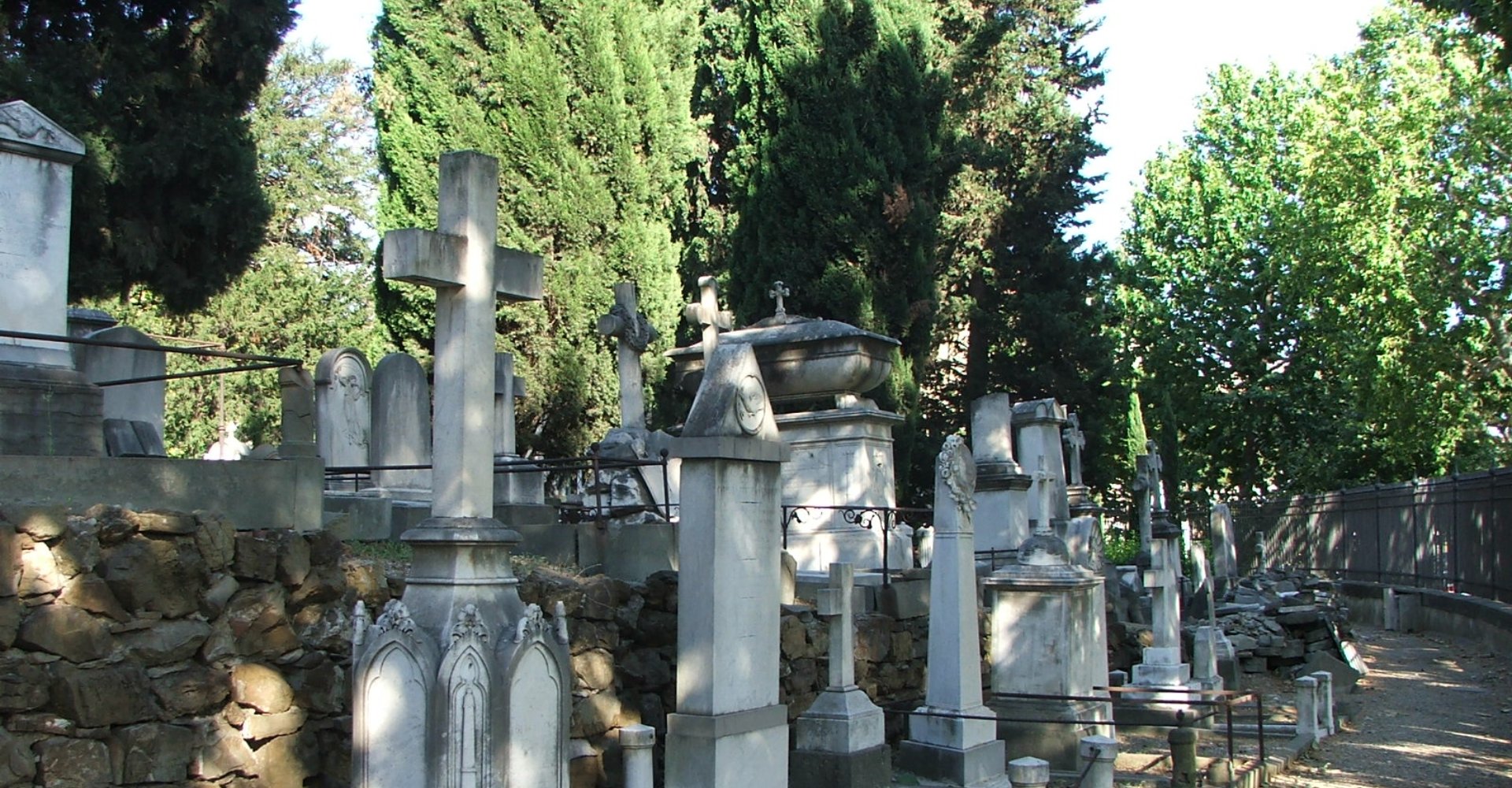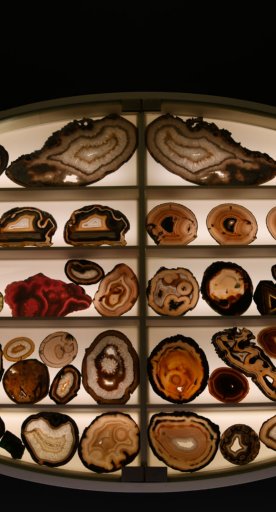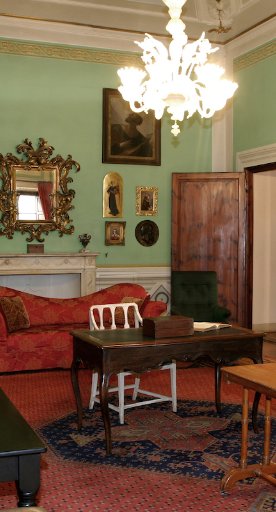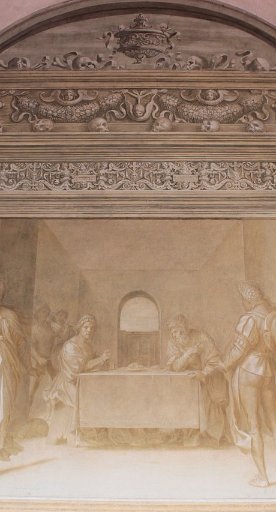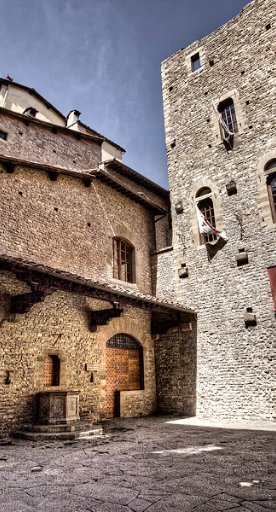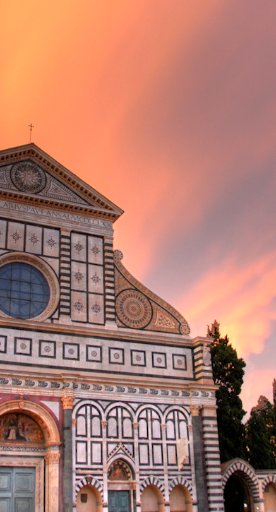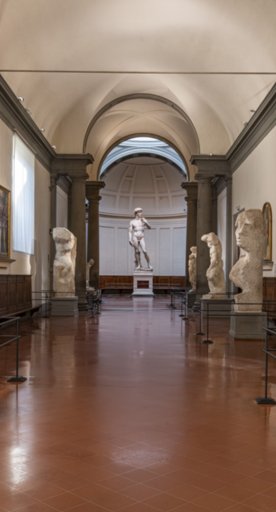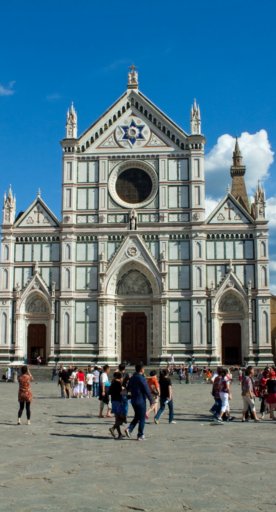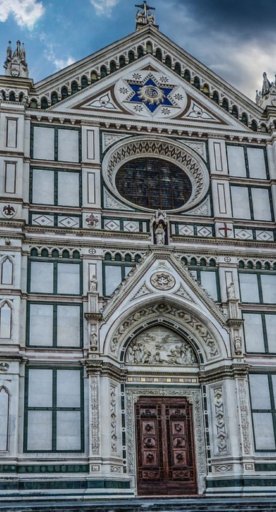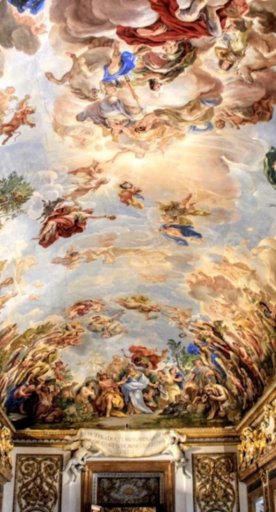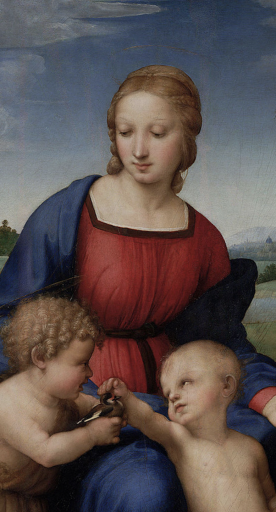English Cemetery
A small and charming place of worship in Florence
The English Cemetery is located in Florence, in the center of Piazzale Donatello; a small island of peace, in the chaos of city traffic, which owes its name to the many characters of Anglo-Saxon culture who are buried here. The graves do not have a rigid and regular arrangement as in Catholic cemeteries and overall they give the place a poetic and romantic atmosphere.
The cemetery was born with the name of "Protestant Cemetery of Porta a' Pinti", as at the time it was located near the Porta a Pinti, outside the city walls, on the top of a natural mound used at the beginning of the 19th century to watch the game of the ball that took place in the adjacent flat clearing (today viale Matteotti).The area was ceded by the grand-ducal government in 1827 to the Evangelical Reformed Church (Switzerland) and was expanded in 1860 with a further cession of land.
The current arrangement of the cemetery is due to Giuseppe Poggi's plan for Florence Capital, in 1870, when the city walls were demolished and Piazzale Donatello was created.
It was closed in 1877, following the new urban planning regulation which moved the burial places to a minimum distance of 100 meters from the inhabited centres. Since then this place has kept the memory "of a small population and of a cosmopolitan and non-conformist 19th century" who honored Florence.
The cemetery is in fact an interesting testimony to the presence of the foreign community in Florence: the tombs of Giovan Pietro Vieusseux, of the pedagogue Enrico Schneider, of the philosopher Sismondi and of the historian Davidsohn attest to the cultural commitment of this community, but no less important are those of artists such as JMuller, Counis, Powers or of great Anglo-Florentine writers such as Elisabeth Barrett Browning.
